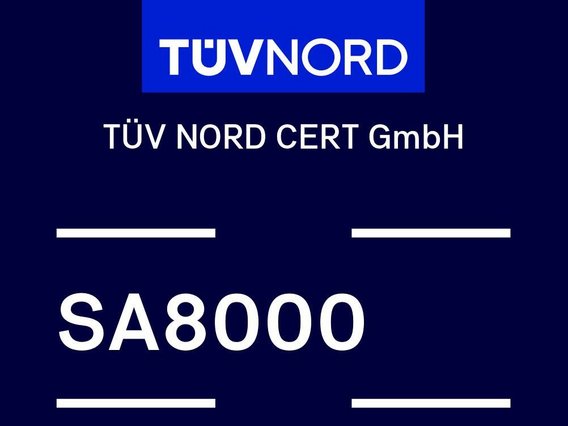
SA 8000: The international Standard for Social Responsibility
Corporate Social Responsibility in the sense of responsibility towards people and the planet is attracting ever more attention in the media and in society as a whole. In these days of internationalisation, worldwide networking and the trend towards production outsourcing, companies have to ensure that their suppliers also demonstrate these qualities. This is also important in terms of risk management and corporate ethics.
TÜV NORD CERT certifies social responsibility according to the internationally-recognised SA 8000 Standard, which was created by Social Accountability International (SAI) and is overseen by Social Accountability Accreditation Services (SAAS).
The SA 8000 Standard is based on the UN Declaration of Human Rights, the ILO (International Labor Organization) standards and further international labour and human rights standards, and also on national labour legislation.